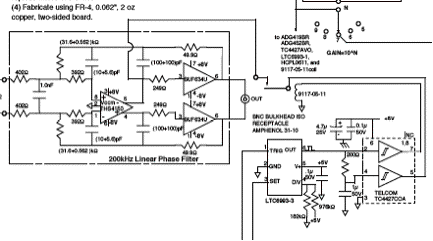We are putting a signal parallel to the output of the THS4150CD. The output from this signal is 5V for 100 to 500 microseconds. This signal then goes to the BUF634 and finally out to an ADC. Should we have a resistor in this signal to protect the THS4150 chip, or any other precautions that should be taken?
We have purchased over 100 of the chips already, and are ready to order the boards as soon as we find out about this.


